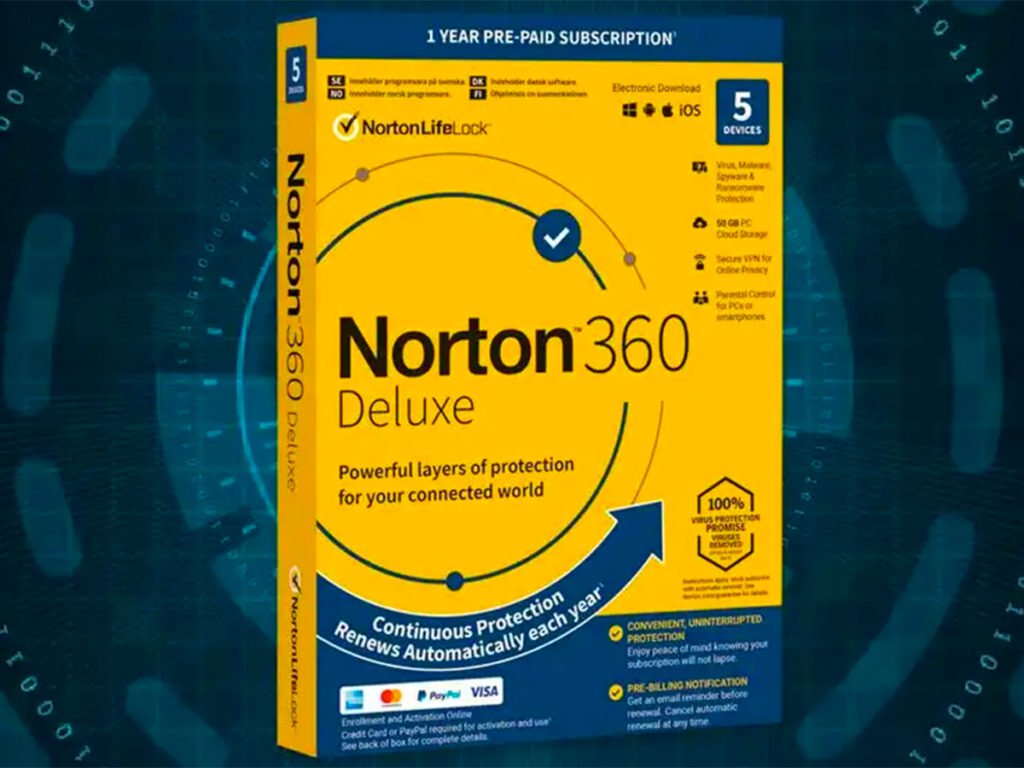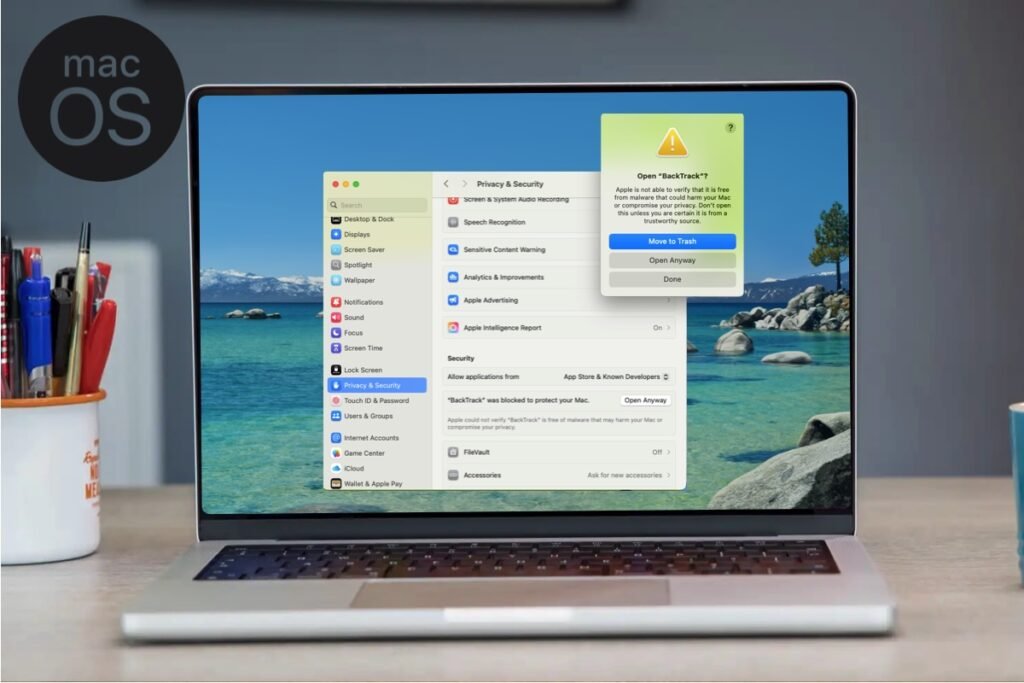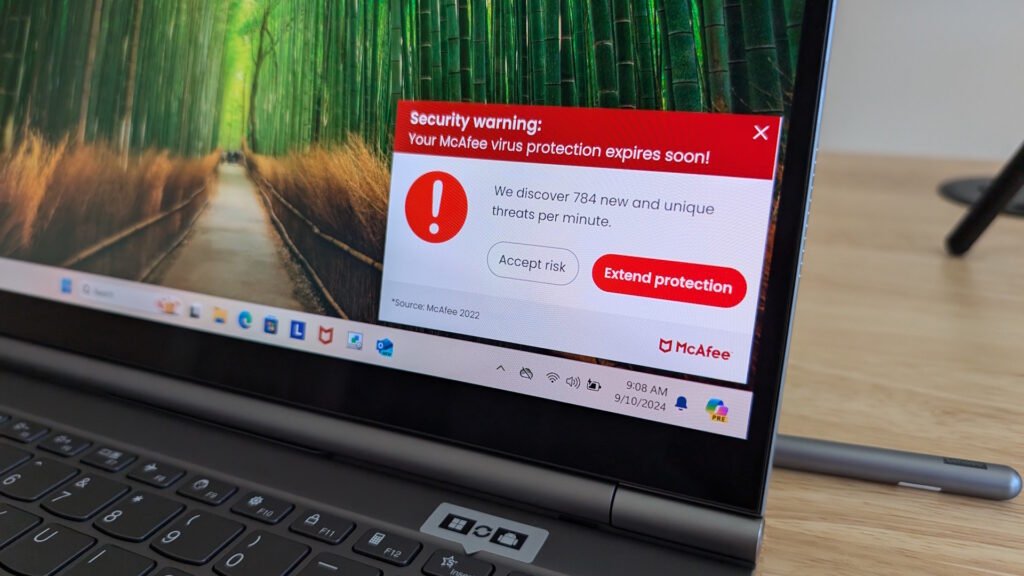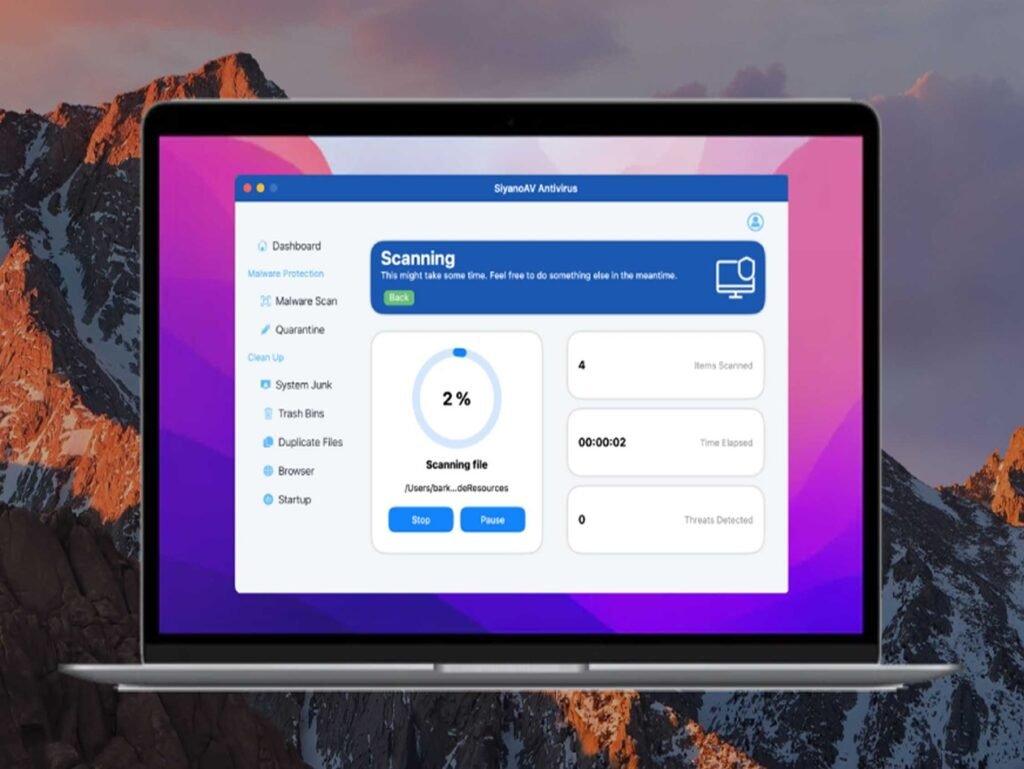Best free antivirus 2024: Keep your PC safe without spending a dime

A lot of time is spent looking at the best paid antivirus suites, but free antivirus solutions are worth discussion, too. After all, free versions are based on their paid counterparts.
Good news is, when you see a free alternative to a paid version you like…
Read More
Be the first to write a comment.



